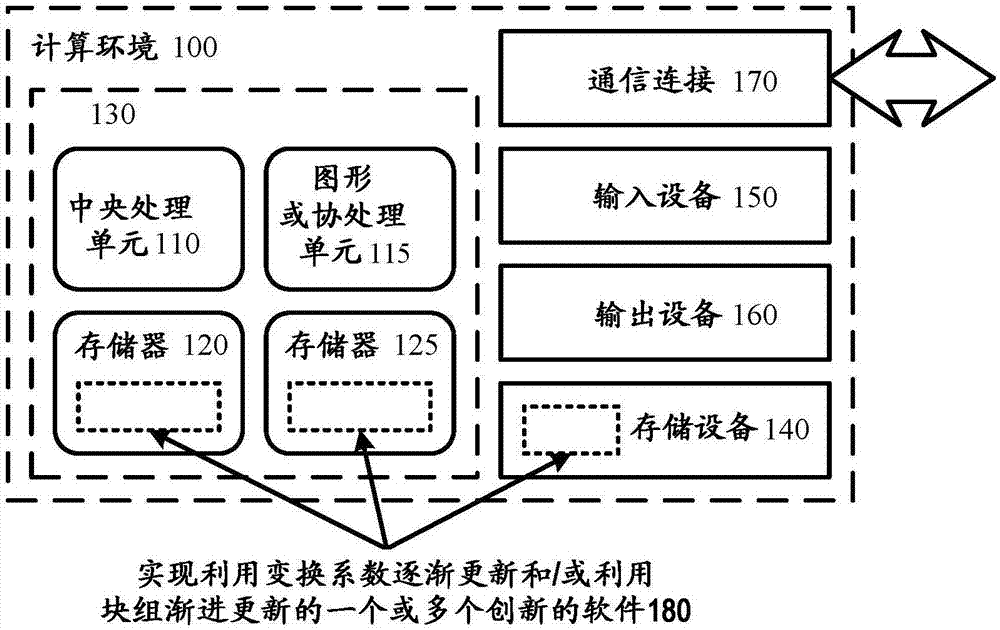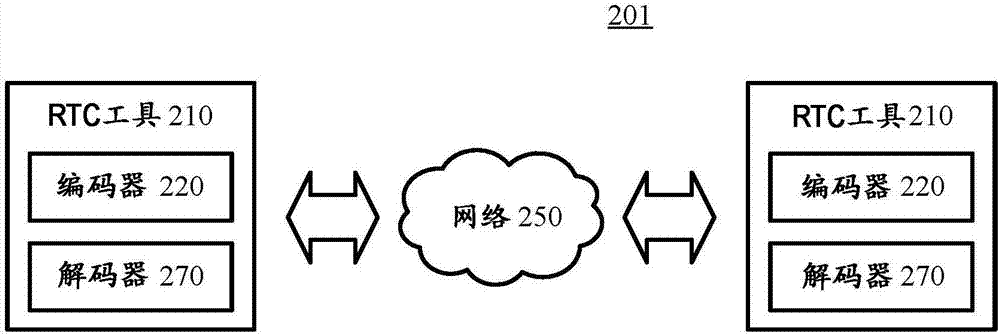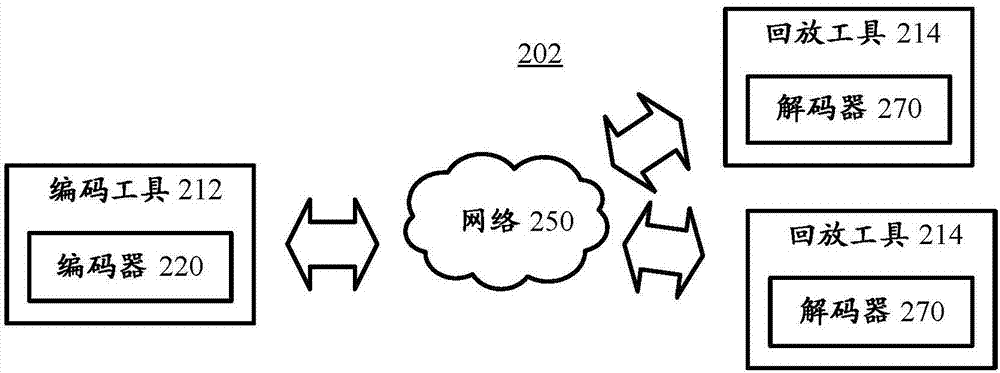Gradual updating using transform coefficients for encoding and decoding
Through the gradual update of transformation coefficient technology, the problem of low efficiency of screen content encoding and decoding in the existing technology is solved, more efficient bandwidth utilization and quality improvement are achieved, and it is suitable for various digital videos and image contents.
- Summary
- Abstract
- Description
- Claims
- Application Information
AI Technical Summary
Problems solved by technology
Method used
Image
Examples
Embodiment Construction
[0021] The detailed description presents various innovations that utilize gradual updates of transform coefficients. For example, gradual updating of transform coefficient levels may be applied by encoding (or decoding) only a subset of the transform coefficients of blocks, macroblocks, or other coding units (eg, frames or fields) of a given picture. In this way, a first subset of transform coefficients of a block, macroblock or other coding unit may be sent with a first picture, a second subset may be sent in a second picture, and so on (e.g. until all conversion factor). The number of transform coefficients for encoding (or decoding) may be determined based on the available bandwidth (eg, based on an available bandwidth model, which may also take into account required quantization parameter values). An innovation for progressive updating of groups of blocks over a sequence of pictures is also proposed.
[0022] Some of these innovations improve the efficiency and / or qualit...
PUM
 Login to View More
Login to View More Abstract
Description
Claims
Application Information
 Login to View More
Login to View More - R&D
- Intellectual Property
- Life Sciences
- Materials
- Tech Scout
- Unparalleled Data Quality
- Higher Quality Content
- 60% Fewer Hallucinations
Browse by: Latest US Patents, China's latest patents, Technical Efficacy Thesaurus, Application Domain, Technology Topic, Popular Technical Reports.
© 2025 PatSnap. All rights reserved.Legal|Privacy policy|Modern Slavery Act Transparency Statement|Sitemap|About US| Contact US: help@patsnap.com



